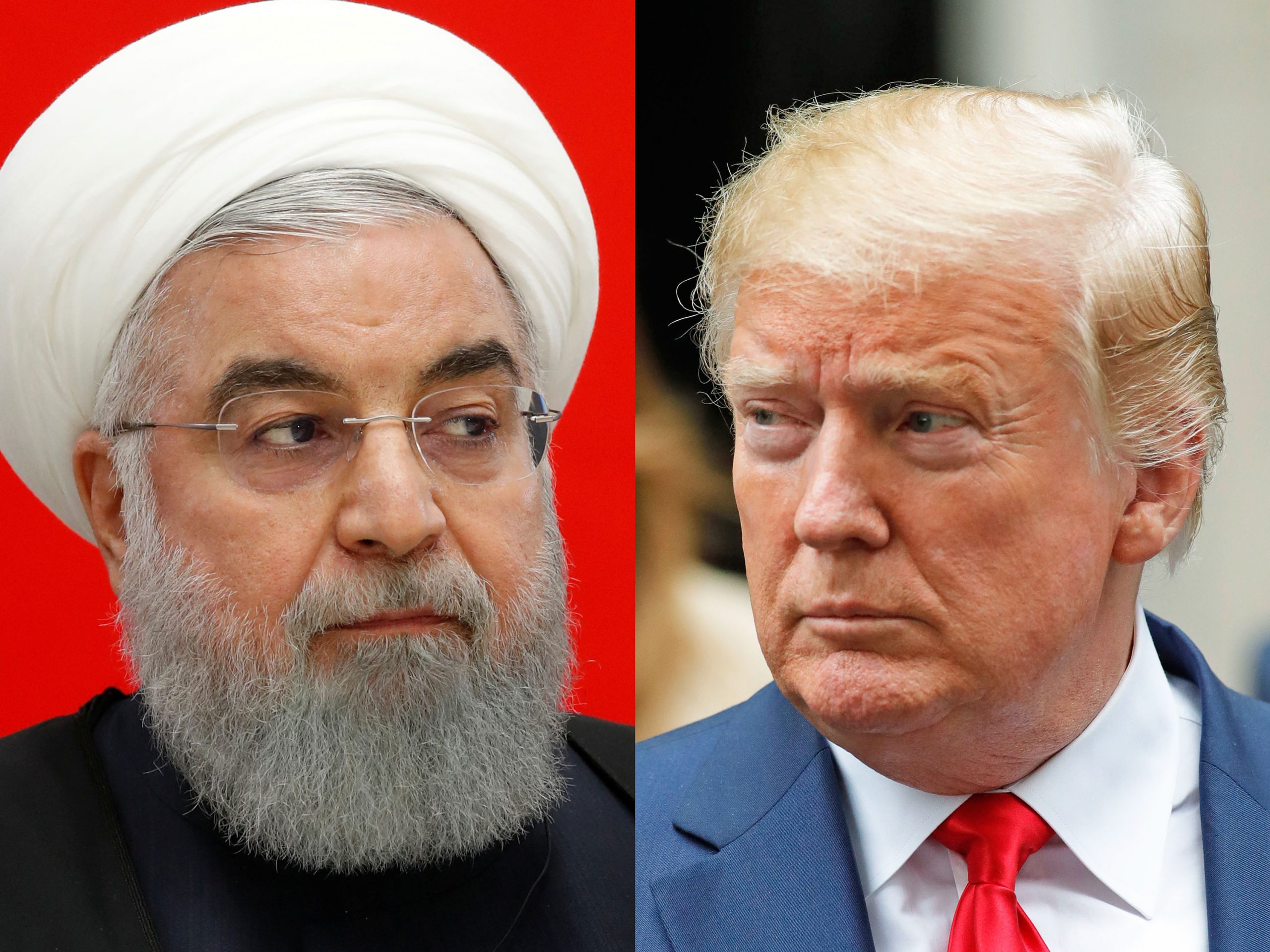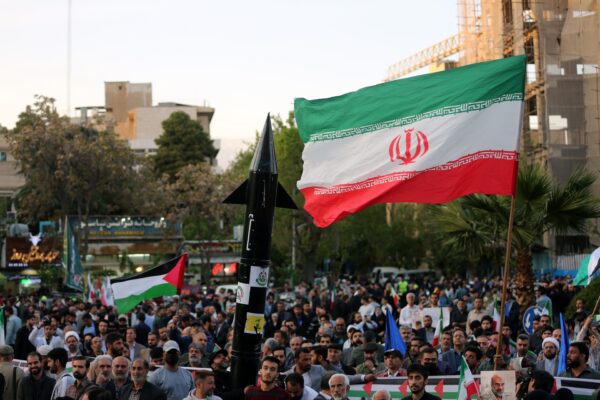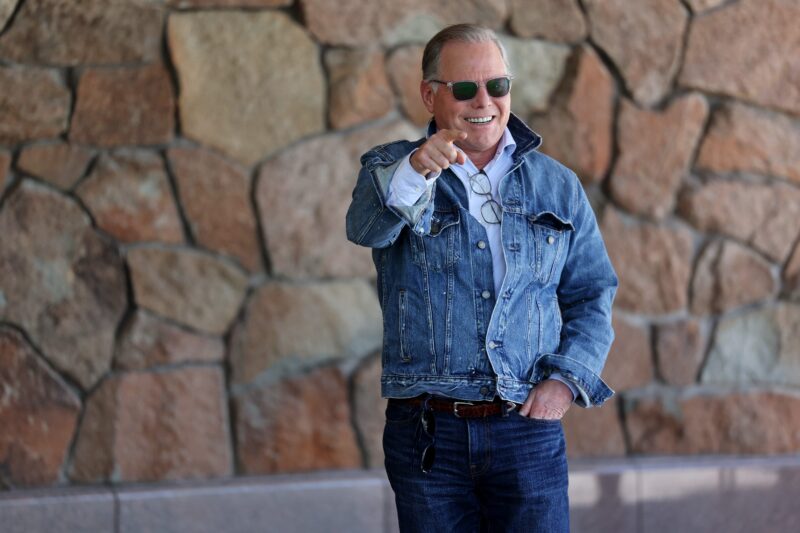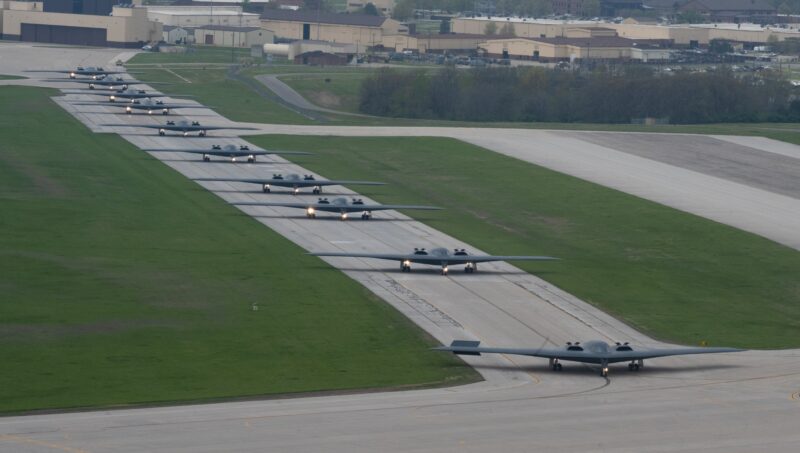- Tensions between the US and Iran have reached historic heights in recent months, prompting fears among lawmakers in Washington of a new war in the Middle East.
- The US and Iran are locked in a tit-for-tat stalemate as they both seek to gain leverage over the other in a broader dispute linked to the 2015 nuclear deal and President Donald Trump’s decision to withdraw the US from it.
- On the evening of Thursday, January 2, the Pentagon confirmed that the US military, acting on the orders of Trump, killed the top Iranian general Qassem Soleimani.
- Soleimani is the highest-profile official on either side to be killed in the ongoing tensions.
- Visit INSIDER’s homepage for more stories.
Rising tensions between the US and Iran have sparked fears of a military confrontation and even of all-out war.
Here’s a timeline of the evolving situation and a summary of what the two countries have been saying.
In May 2018, President Donald Trump withdrew the US from the 2015 Iran nuclear deal. Tensions between the US and Iran have risen ever since — particularly since the US in April moved to block all countries from buying Iranian oil.
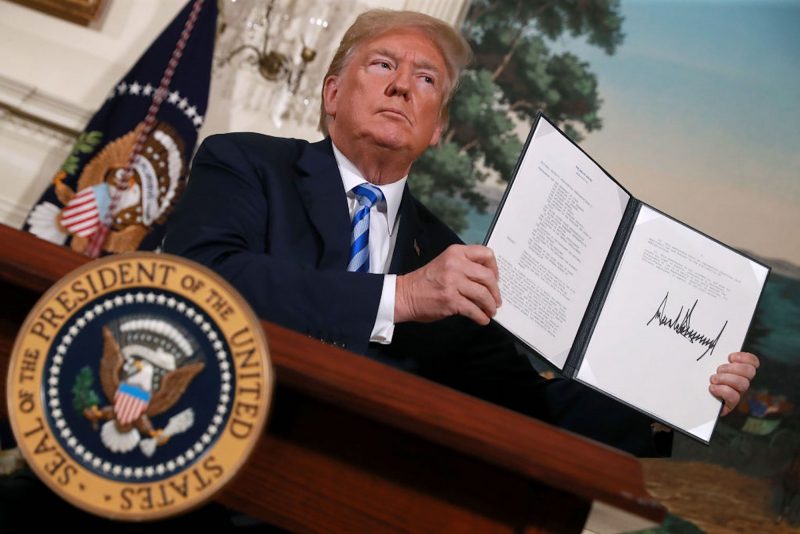
Source: Insider
On May 5, John Bolton, then the US national security adviser, released a statement announcing the US was deploying an aircraft carrier strike group and B-52 bombers to the Middle East to counter threats from Iran.

Source: WhiteHouse.gov
Bolton said the deployment was designed to send "a clear and unmistakable message to the Iranian regime that any attack" on the US or its allies "will be met with unrelenting force." Bolton added, "The United States is not seeking war with the Iranian regime, but we are fully prepared to respond to any attack."
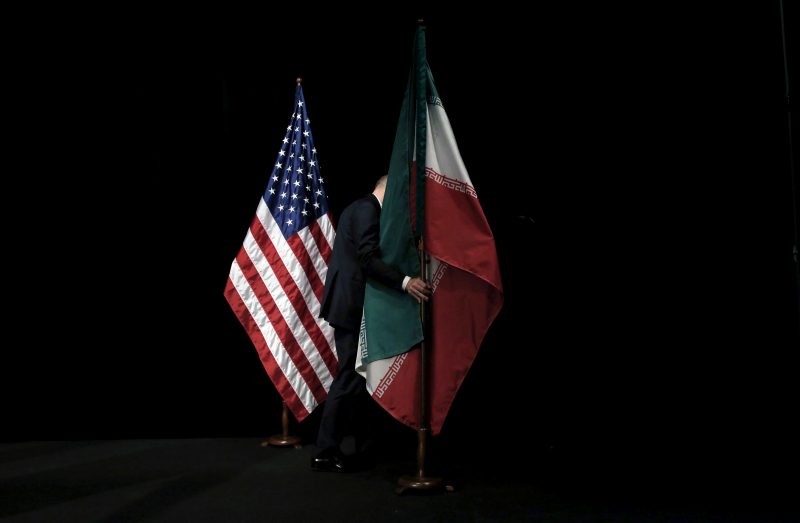
The USS Abraham Lincoln carrier strike group, which consists of the carrier and its powerful carrier air wing, as well as one cruiser and four destroyers, moved into the region along with numerous B-52 Stratofortress heavy long-range bombers.
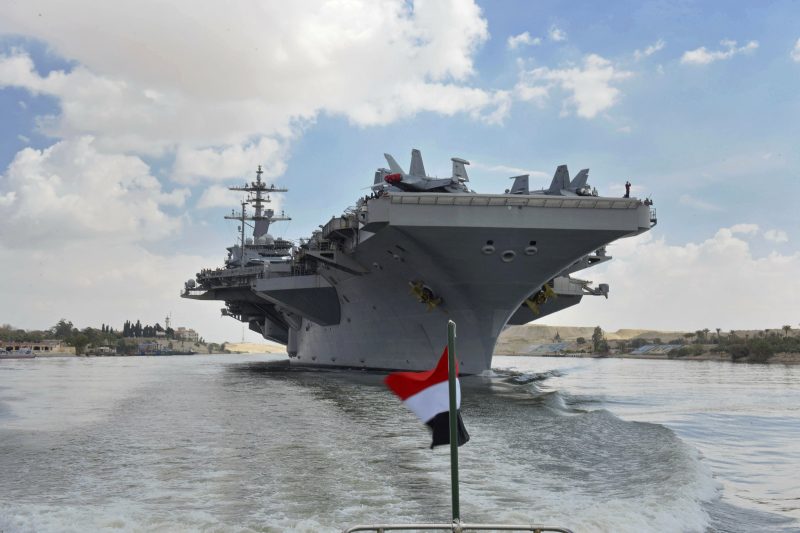
Source: Insider
A US official said the show of force was in response to "clear indications" of a "possible attack" against US forces in the region by Iran or its proxies.

Source: Insider
Patrick Shanahan, who at the time was the acting secretary of defense, characterized the deployment as a "prudent repositioning of assets in response to indications of a credible threat by Iranian regime forces."
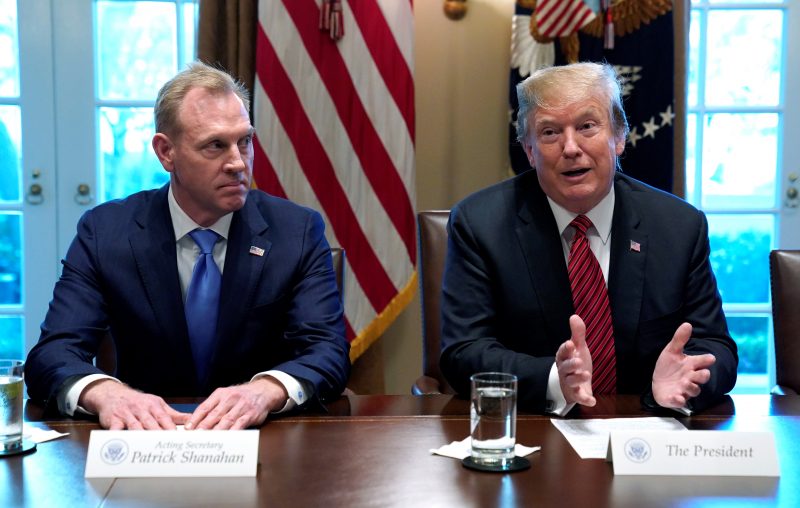
On May 8, US Air Forces Central Command announced that F-15C Eagle fighter jets were repositioned within the region to "defend US forces and interests in the region." The next day, the Pentagon announced that the USS Arlington, an amphibious landing ship, and a Patriot surface-to-air missile battery were also on their way.
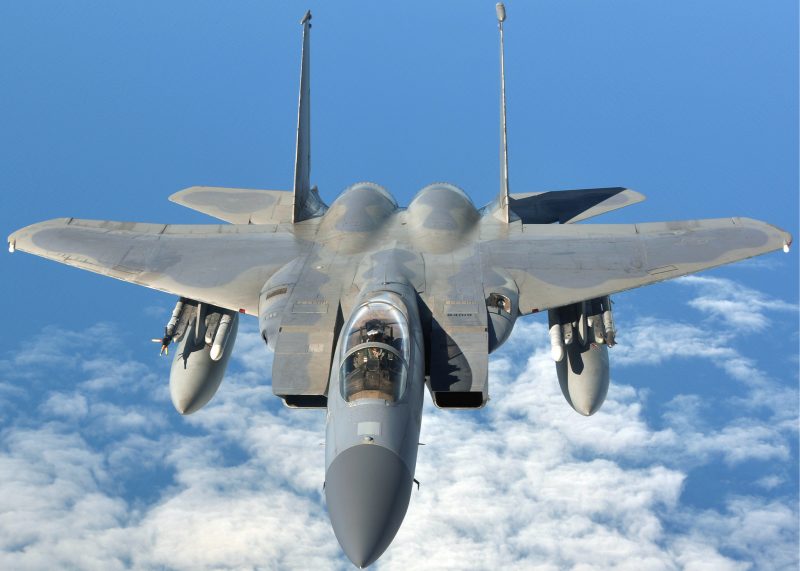
Source: US Air Forces Central Command
Democratic lawmakers raised alarm bells over those developments. Sen. Chris Murphy, for example, on May 7 tweeted, "Hey everybody, we are at war in 3 different countries — Iraq, Afghanistan, and Syria — and inching toward conflict in 2 more — Venezuela and Iran."
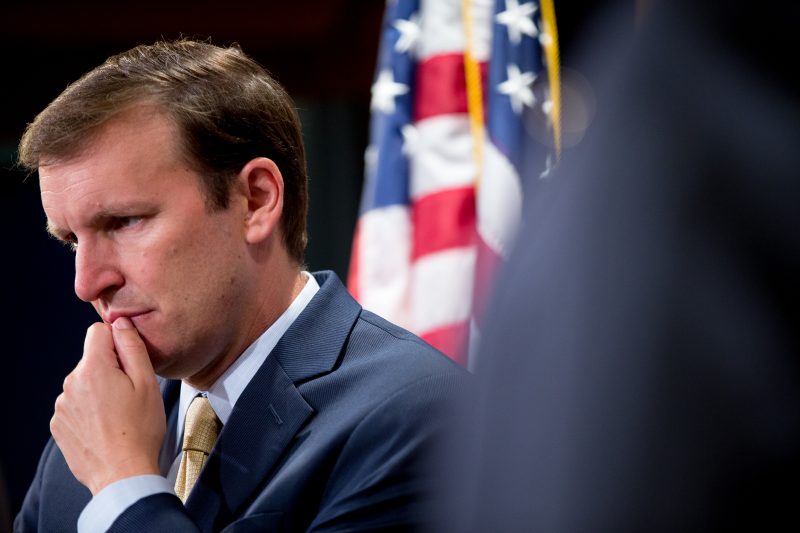
Source: Insider
Democratic lawmakers fearing a war with Iran were particularly wary of Bolton, an Iran hawk who had called for military strikes against it. Bolton was also one of the architects of the ultimately disastrous US invasion of Iraq in 2003. He stepped down as national security adviser, however, in September.
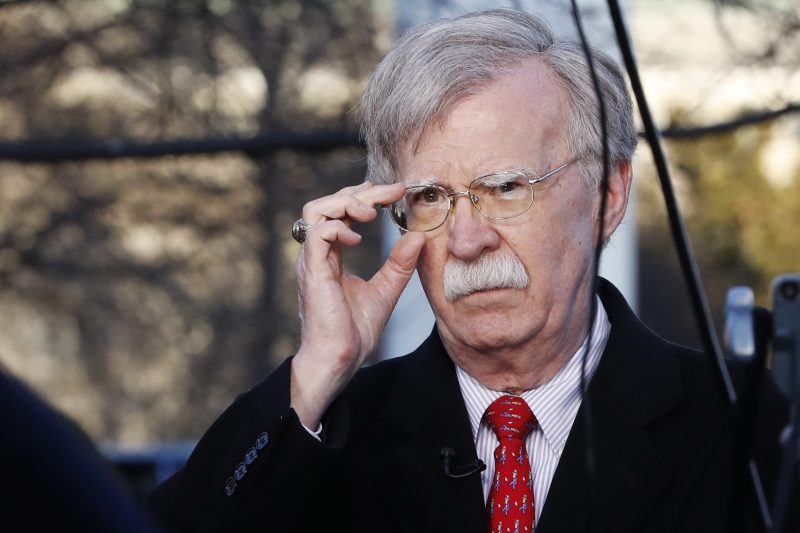
Source: Insider
Republican lawmakers like Sen. Marco Rubio have rejected the idea the US wants a war with Iran, but he tweeted in May that "any efforts by Iran to threaten shipping in the Strait of Hormuz and/or to target U.S. naval vessels or commercial shipping vessels will result in a swift, devastating & justified response."
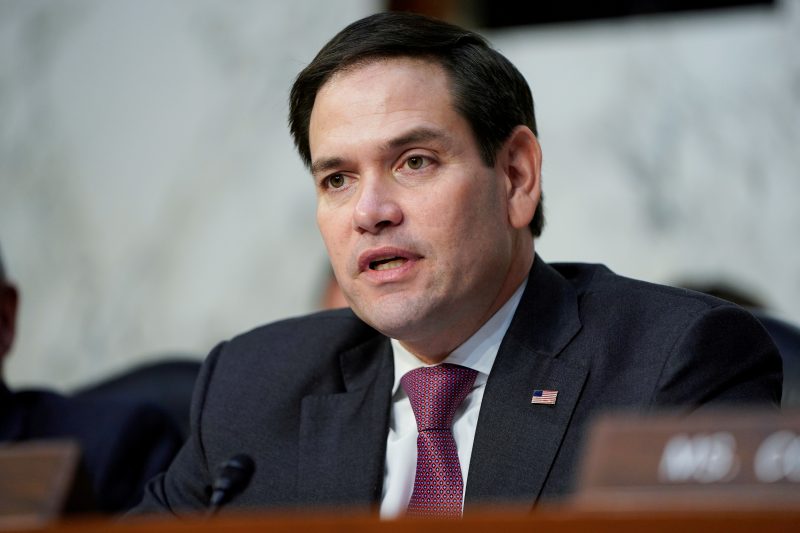
Source: Insider
Amid all of this, Iranian President Hassan Rouhani on May 8 threatened to partially withdraw from portions of the 2015 nuclear deal.
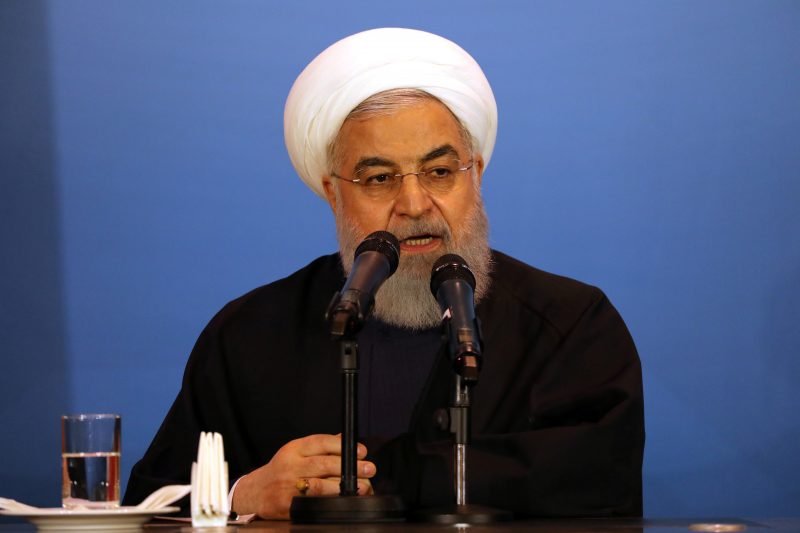
Source: Insider
The same day, the Trump administration announced new sanctions against Iran targeting its metal exports.
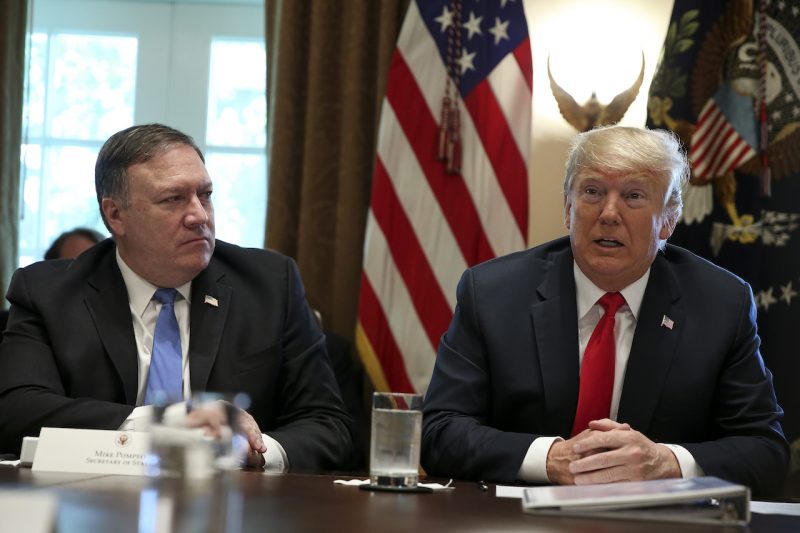
Source: The Washington Post
"We have information that you don't want to know about," Trump said on May 9 in response to questions on the move. "They were very threatening and we have to have great security for this country and many other places." He also urged Iran to hold talks with him regarding its nuclear program.
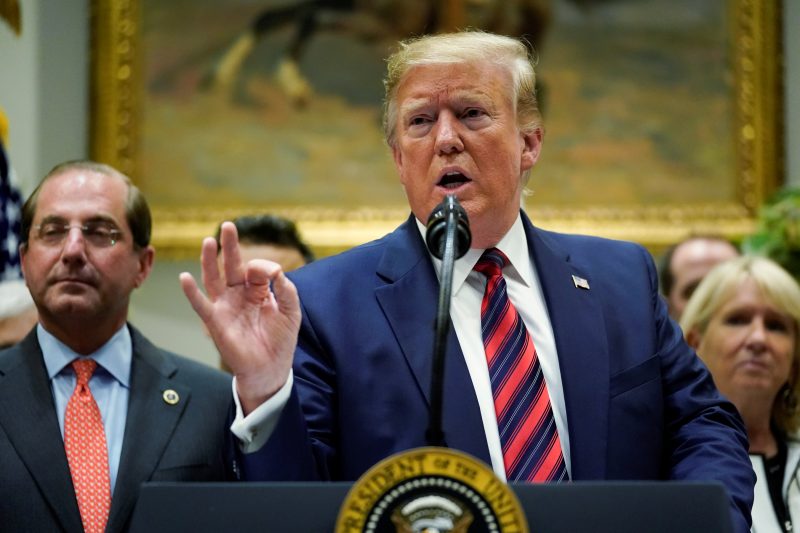
Source: Reuters
On May 10, Ayatollah Tabatabai-Nejad, a high-ranking cleric in the Iranian government, warned that US forces would face "dozens of missiles" if any move was made against Iran. The next day, Yadollah Javani, the deputy head of political affairs of Iran's Revolutionary Guard Corps, said the US "wouldn't dare to launch military action against us."
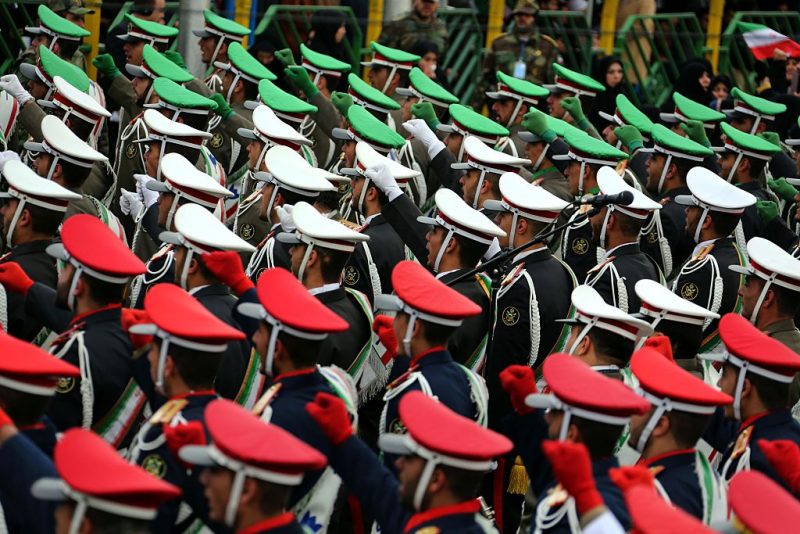
Source: Insider
Overall, Trump has been fairly vague in responding to questions about Iran. "We'll see what happens with Iran. If they do anything, it'll be a very bad mistake, if they do anything," Trump said on May 13, adding, "If they do anything, they will suffer greatly."
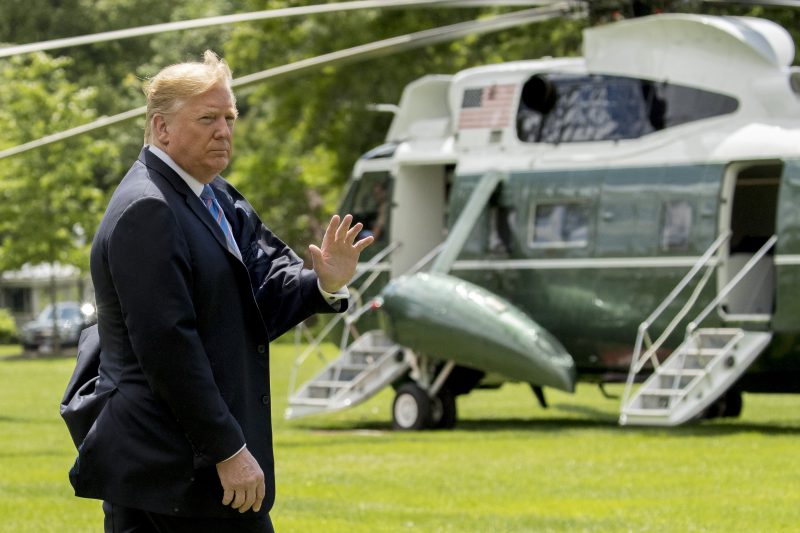
Source: Insider
Reports emerged suggesting the Trump administration had discussed a plan to send as many as 120,000 troops to the Middle East if Iran attacked US forces in the region or made significant steps toward developing nuclear weapons.
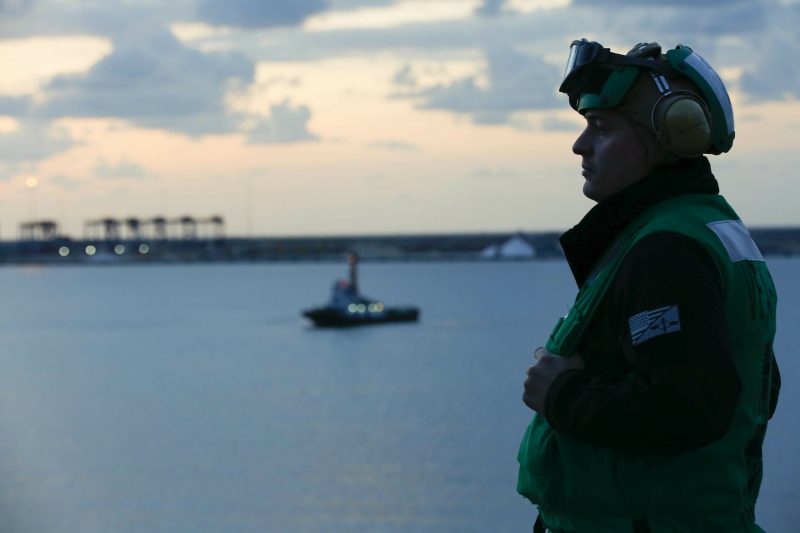
Source: Insider
Trump on May 14 rejected these reports but also said he's prepared to send "a hell of a lot more" troops than 120,000 if necessary.
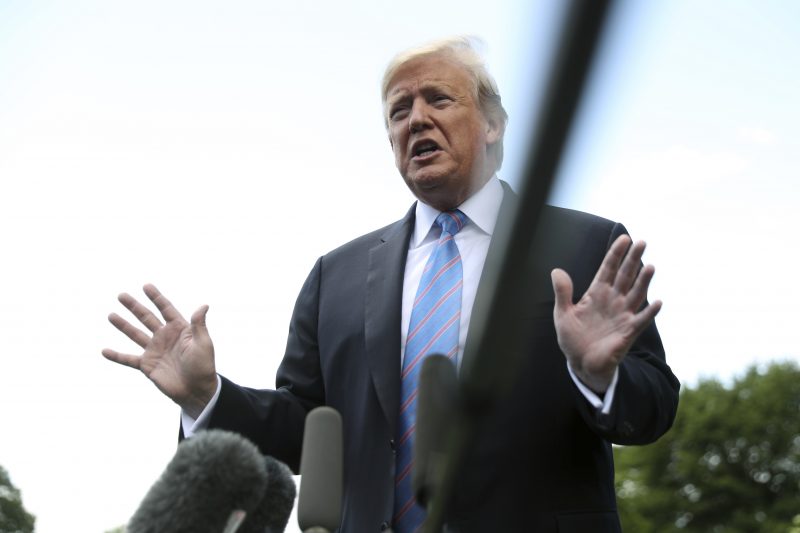
Source: Insider
Iranian Supreme Leader Ayatollah Ali Khamenei on May 14 said his country would not go to war with the US. But in what was perhaps a veiled threat, he also signaled that it wouldn't be hard for Iran to enrich uranium to weapons-grade levels.
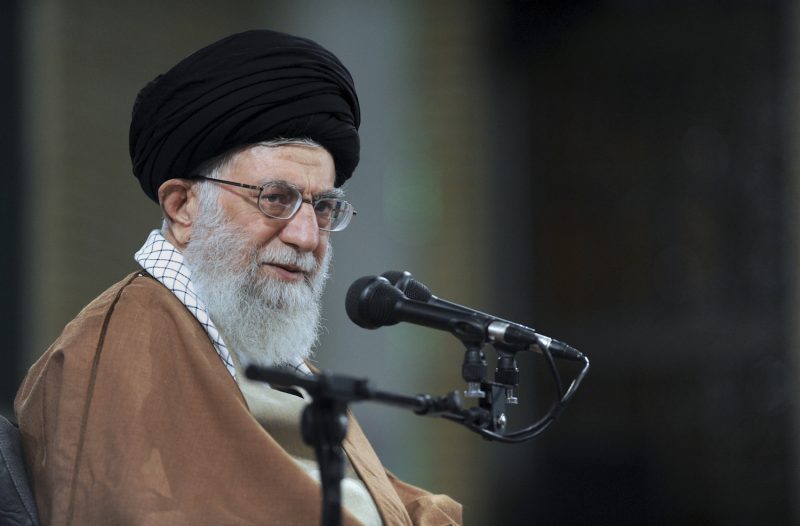
On May 14, Yemen's Iran-backed Houthi rebels claimed responsibility for drone attacks on Saudi oil facilities. The kingdom of Saudi Arabia is a close ally of the US, which has supported the Saudi-led coalition in the war against the Houthis in Yemen.
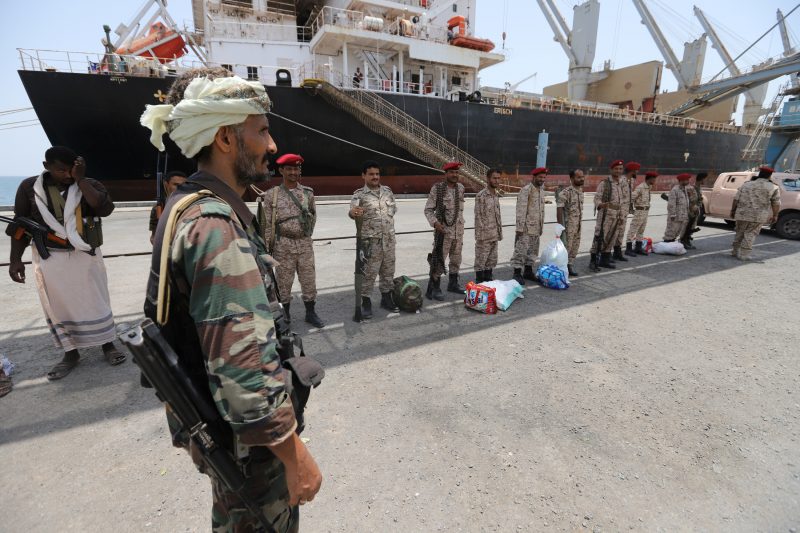
Source: The New York Times
Sen. Bernie Sanders, one of the top contenders for the 2020 Democratic nomination, on May 14 said: "It appears that John Bolton wants a war in Iran. A war in Iran would, in my view, be many times worse than the Iraq War." Sanders said he's "working hard" to ensure that Trump must seek congressional authorization to take any military action against Iran.
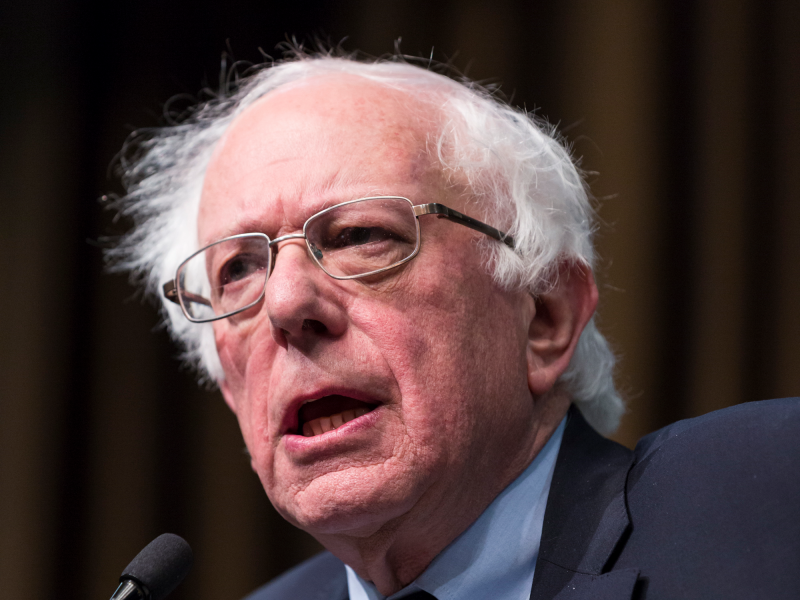
Source: CBS News
The US on May 15 ordered all nonessential government staff to leave Iraq. The State Department didn't fully explain the move, but it was viewed as a possible response to the increasingly tense situation between Washington and Tehran. This also came roughly a week after Secretary of State Mike Pompeo made an unscheduled visit to Iraq.
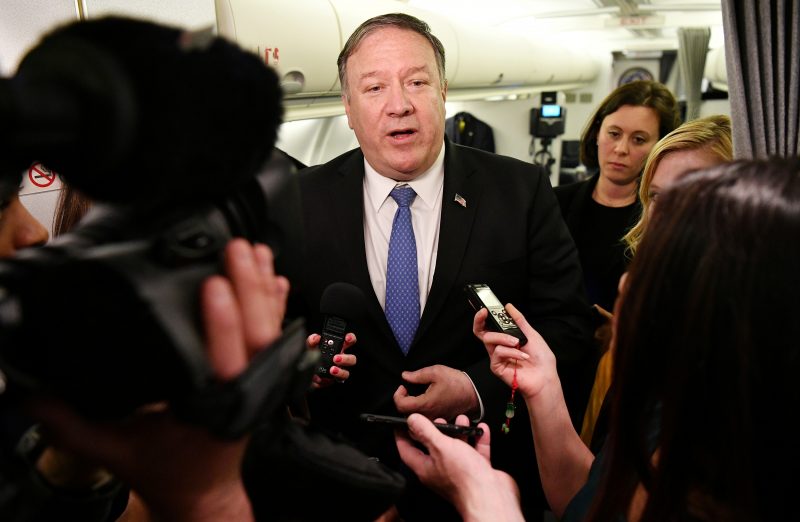
Source: CNN; The New York Times
Maj. Gen. Hossein Salami, the commander of Iran's Revolutionary Guard Corps, on May 15 said, "We are on the cusp of a full-scale confrontation with the enemy." Salami added, "This moment in history, because the enemy has stepped into the field of confrontation with us with all the possible capacity, is the most decisive moment of the Islamic revolution."

Source: Insider
The Trump administration has taken a hardline stance against Iran from the beginning, defying US allies by withdrawing from the Iran nuclear deal. In keeping with this stance, Trump designated Iran's Revolutionary Guard Corps a foreign terror group.
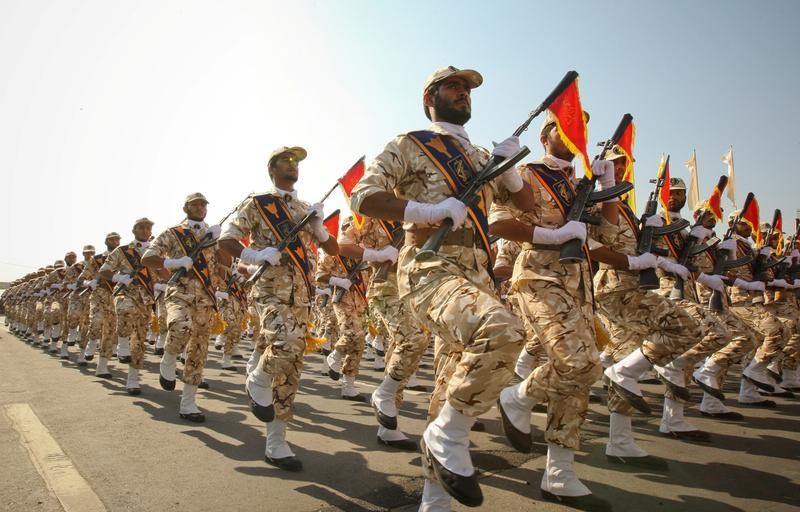
Source: Insider
Trump on May 19 issued a grave threat to Iran, tweeting: "If Iran wants to fight, that will be the official end of Iran. Never threaten the United States again!"

Source: Insider
Iranian Foreign Minister Javad Zarif responded to Trump's threat via Twitter the next day. He said Trump "hopes to achieve what Alexander, Genghis & other aggressors failed to do," adding, "Iranians have stood tall for millennia while aggressors all gone." Zarif said "economic terrorism" and "genocidal taunts" won't "end Iran."
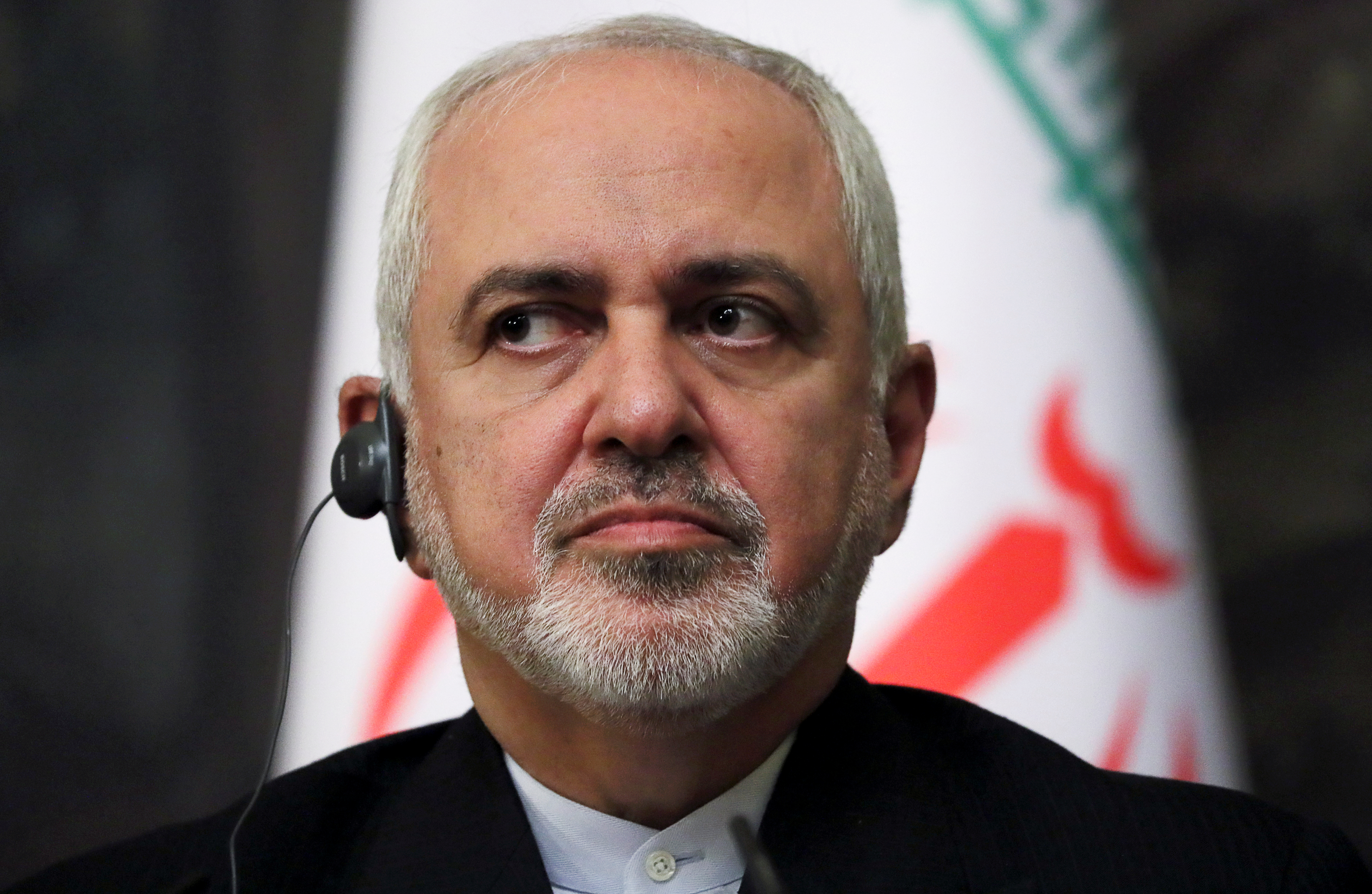
Source: Twitter
Trump on May 24 announced the US was sending 1,500 additional troops to Iran and said they would serve a "mostly protective" role.
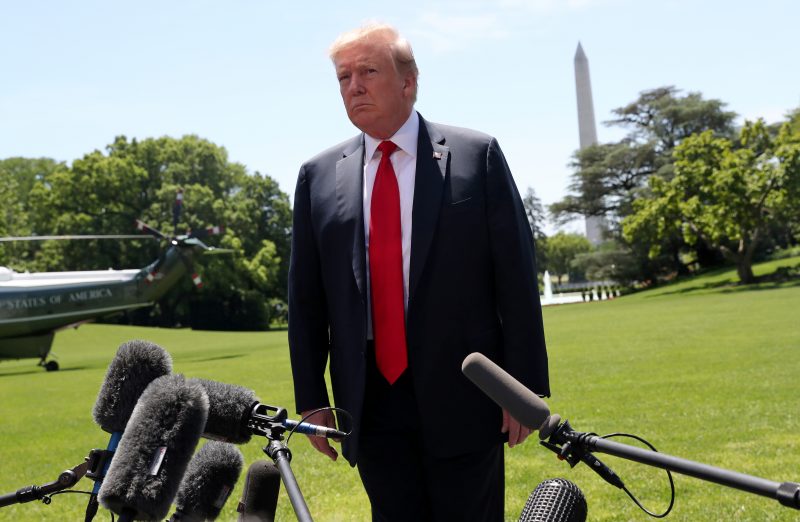
Source: Insider
Two oil tankers were attacked on June 13 in the Gulf of Oman. The Trump administration blamed Iran, which denied any responsibility. Some US allies were skeptical of the Trump administration's claims and called for an independent investigation.
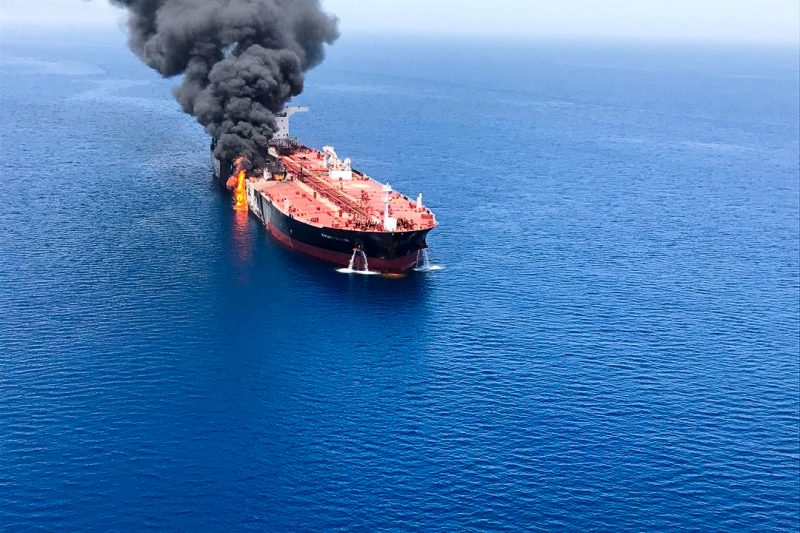
Source: Insider
Iran on June 17 announced it would violate the 2015 nuclear deal by the end of the month via ramping up its enrichment of low-grade uranium and increasing its uranium stockpile.
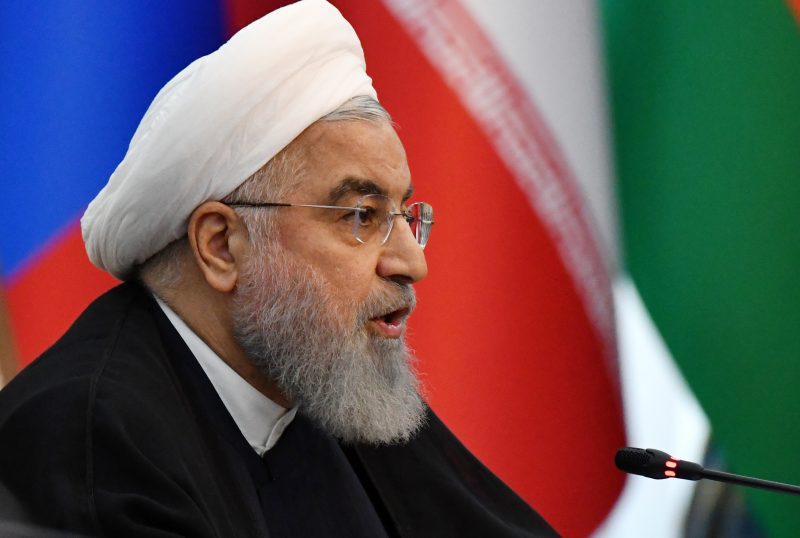
After Iran's announcement on the nuclear deal, the Pentagon said it was deploying an additional 1,000 troops to the Middle East.
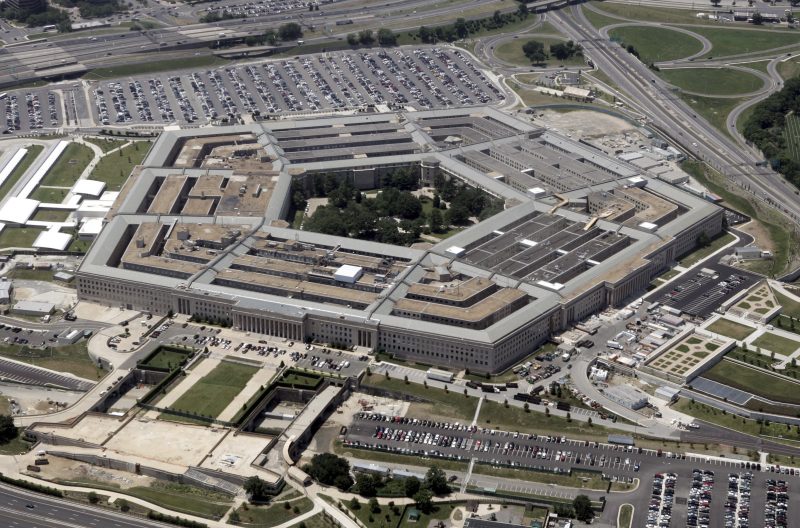
On June 20, Iran shot down a US Navy drone. The Iranian government said the drone entered its airspace, but the US rejected this and said the drone was flying in international airspace and never entered Iranian territory.

Source: Insider
After the drone incident, Trump considered a military strike against Iran but pulled back at the last minute. He cited concerns about civilian casualties.

Source: Insider
Trump on June 24 announced new "hard-hitting" sanctions against Iran. "Today's actions follow a series of aggressive behaviors by the Iranian regime in recent weeks, including shooting down of US drones," the president said at the time.

Source: Insider
Iran on July 1 announced it's violating the 2015 nuclear deal by breaching the cap on its uranium stockpile of 300 kilograms, or 660 pounds. It also threatened to enrich uranium to weapons-grade levels by July 7 if it didn't get sanctions relief.
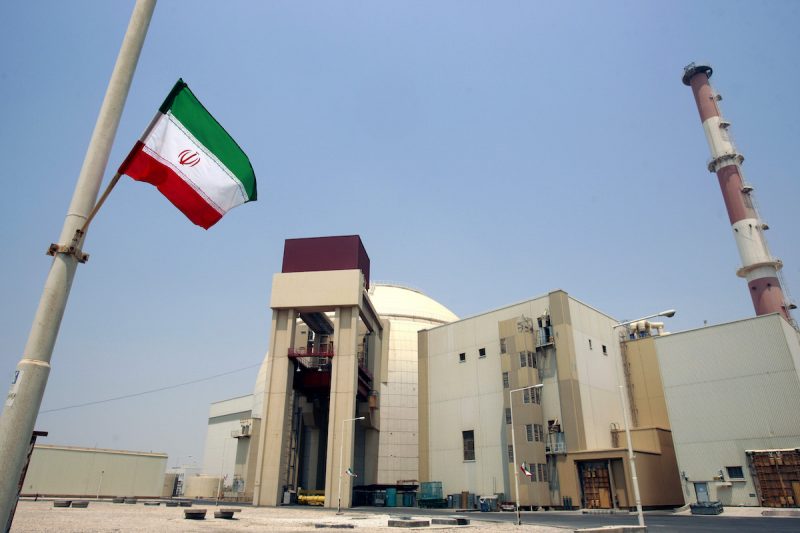
Source: Insider
In a statement responding to Iran's announcement, the White House press secretary, Stephanie Grisham, on July 1 said: "The Iranian regime took action today to increase its uranium enrichment. It was a mistake under the Iran nuclear deal to allow Iran to enrich uranium at any level ... Maximum pressure on the Iranian regime will continue until its leaders alter their course of action. The regime must end its nuclear ambitions and its malign behavior."
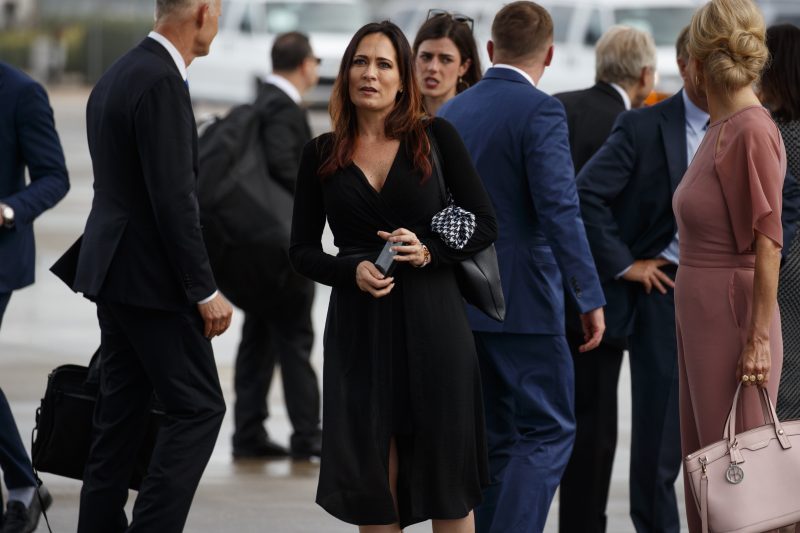
Iran on July 8 announced it had surpassed the 2015 nuclear deal's cap on uranium enrichment levels (3.67%). It began enriching uranium up to levels of 4.5%, which is still far below the level needed to produce a nuclear weapon (90%).
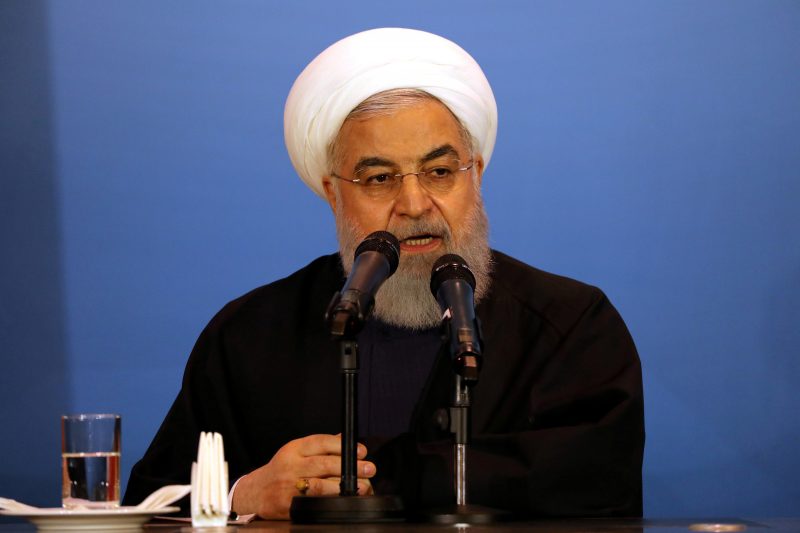
Source: IAEA
Trump on July 18 announced the USS Boxer had shot down an Iranian drone in the Strait of Hormuz. The president said the drone threatened the US ship. "The drone was immediately destroyed," Trump said. "This is the latest of many provocative and hostile actions by Iran against vessels operating in international waters."
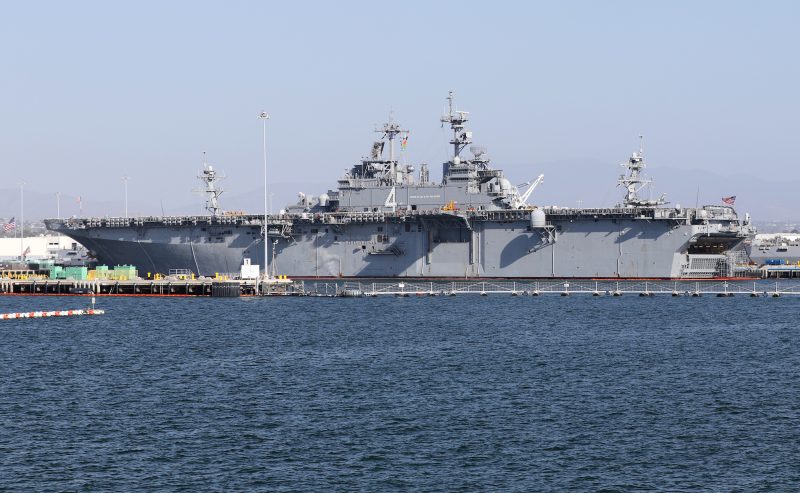
Iran on July 19 seized a British-flagged oil tanker, the Stena Impero. Iranian state media said the tanker was seized by the Revolutionary Guard. The incident increased tensions between Iran and the West.

Source: Insider
In late July, the Trump administration announced it was hitting Iranian Foreign Minister Javad Zarif with sanctions, making the prospect of a diplomatic solution to hostilities between the US and Iran even less likely.
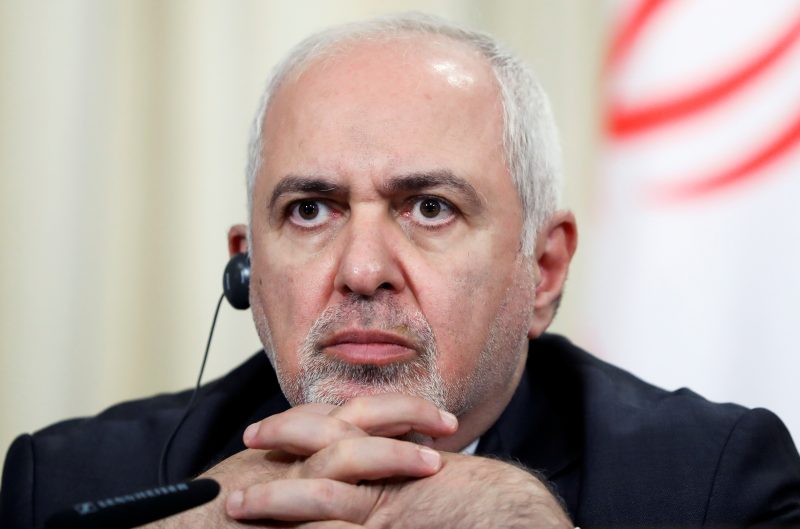
Source: Insider
Iranian President Hassan Rouhani on September 4 announced Iran would begin developing more advanced centrifuges in what represented its third step away from the 2015 nuclear deal.
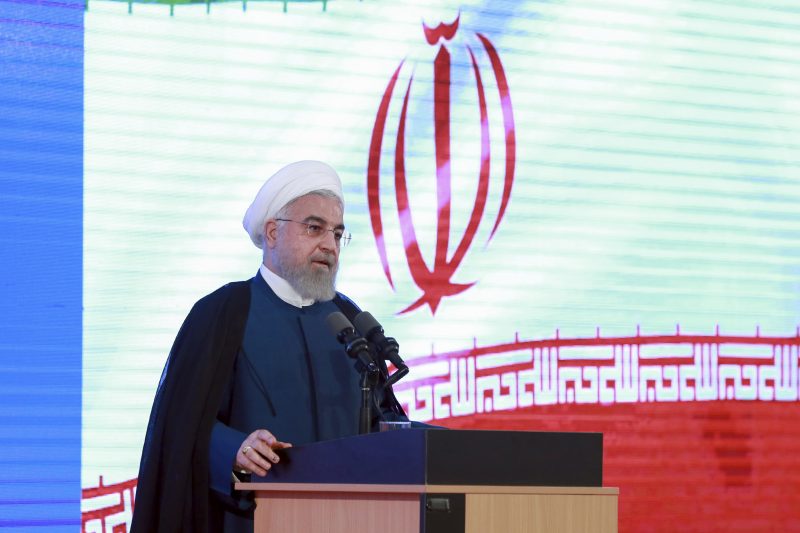
Source: Insider
During the month of September, Trump and Rouhani at times flirted with the idea of holding talks at the United Nations General Assembly. But Iranian Supreme Leader Ali Khamenei has said no such talks can be held unless the US lifts sanctions and returns to the 2015 nuclear deal.
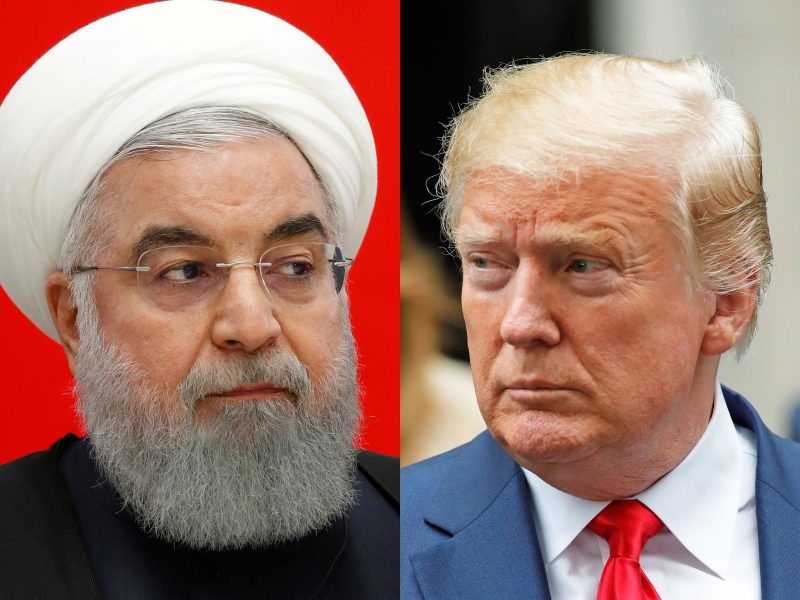
On September 10, Bolton was gone as national security adviser. The Rouhani adviser Hesameddin Ashena tweeted that Bolton's ouster was a "decisive sign of the failure of the U.S. maximum pressure strategy in the face of the constructive resistance from Iran."
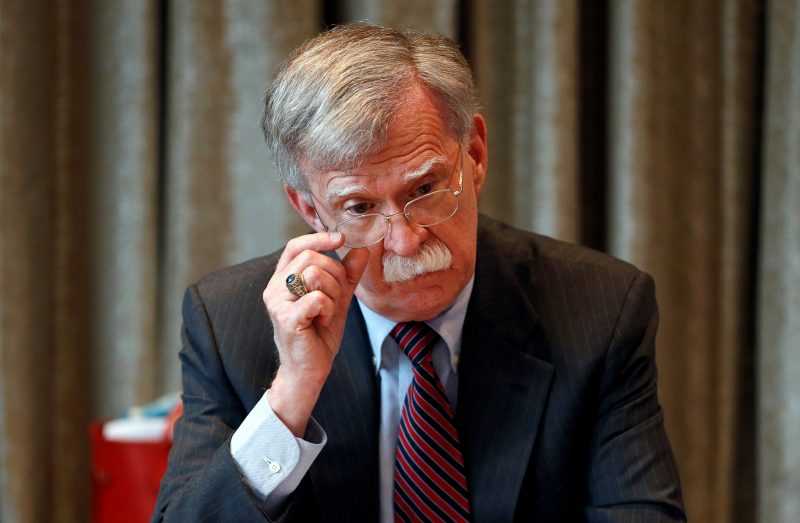
Source: Insider
On September 14, two major oil facilities in Saudi Arabia were attacked, disrupting the global oil supply. The Iran-backed Houthi rebels claimed responsibility, but the Trump administration blamed Iran.

In the immediate aftermath of the attack, Trump tweeted that the US was "locked and loaded," which signaled there might be a military response. In the days that followed, Trump walked this back slightly saying he did not want war. The Trump administration did, however, announce new sanctions against Iran.

On September 19, Zarif warned that if the US or Saudi Arabia attacked Iran, it would lead to "all-out war." He added, "We won't blink to defend our territory." This came a day after Pompeo called the attack on the Saudi oil fields an "act of war."
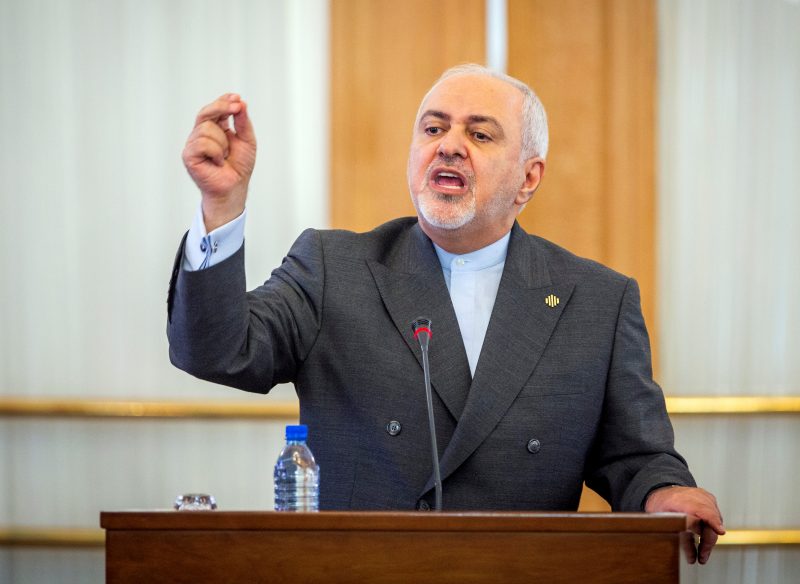
Source: CNN
Iran in early November announced it was taking a fourth step away from the 2015 nuclear deal — injecting uranium gas into 1,044 centrifuges that had been kept empty under the terms of the agreement.
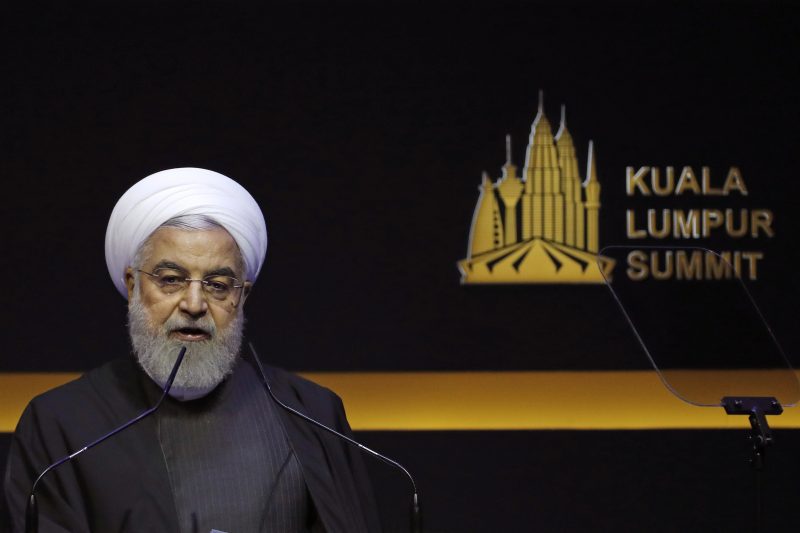
Source: Insider
A rocket attack on December 27 killed a US contractor and injured four US service members at a base in Kirkuk, which is in the northeastern part of Iraq. The US has blamed the deadly attack on Kataeb Hezbollah, an Iran-backed militia. The US retaliated with airstrikes thought to have killed dozens of the militia's fighters. Subsequently, the US Embassy in Baghdad was the subject of violent protests, prompting the US to send about 100 more Marines to the embassy for protection.
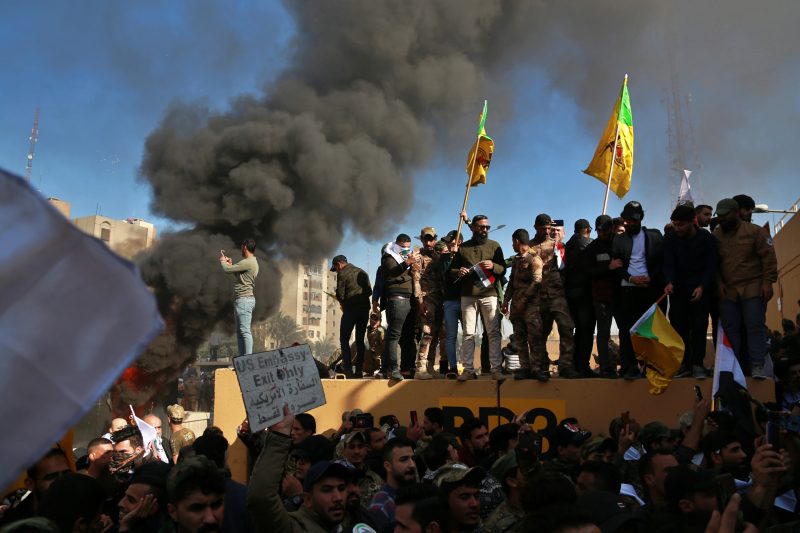
Source: Insider
Trump explicitly blamed Iran for the violent protests at the embassy and threatened Tehran in a December 31 tweet. "Iran will be held fully responsible for lives lost, or damage incurred, at any of our facilities," he wrote. "They will pay a very BIG PRICE! This is not a Warning, it is a Threat. Happy New Year!"
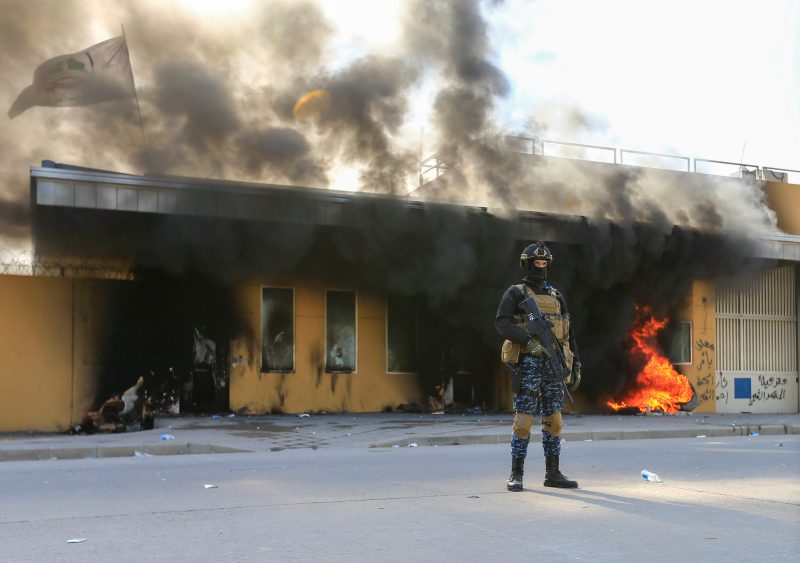
On the morning of January 2, Defense Secretary Mark Esper suggested the US might conduct preemptive strikes on Iranian-backed militias. "If we get word of attacks, we will take preemptive action as well to protect American forces, protect American lives," he said. "The game has changed."
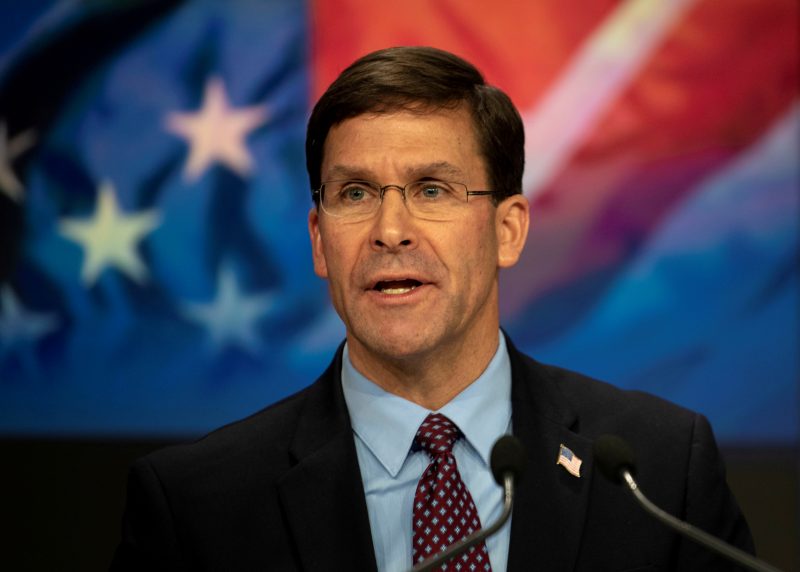
Source: Politico
On the evening of January 2, the Pentagon said that the US military, acting on the orders of Trump, killed the top Iranian general Qassem Soleimani, who led the Revolutionary Guard's Quds force.
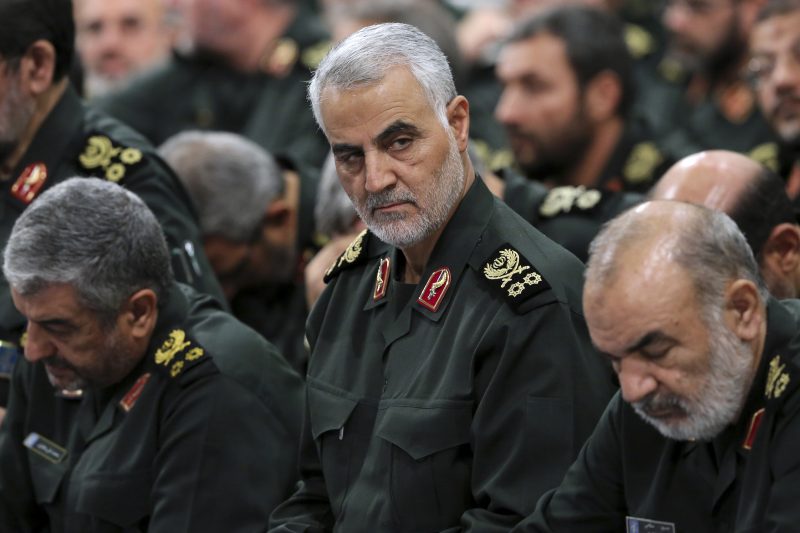
Soleimani became the highest-profile official on either side to be killed in the tensions between the US and Iran.
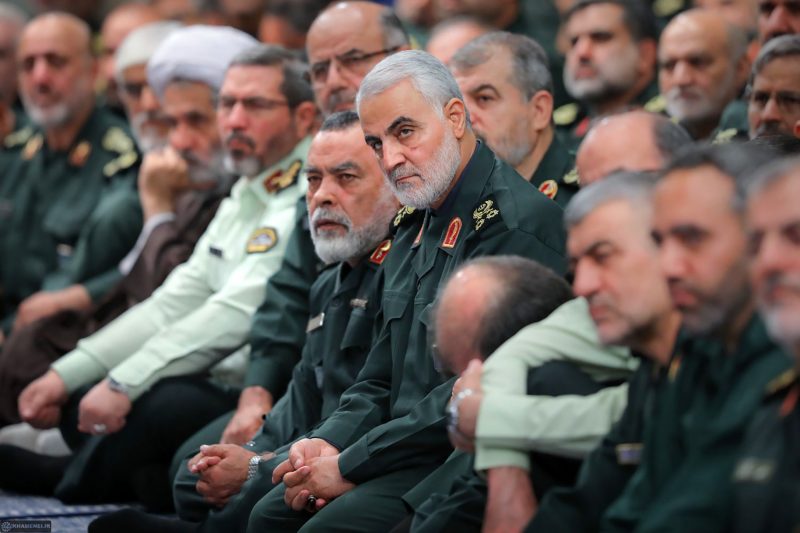
- Read more:
- Iran just shot down one of the US military's most advanced drones - it costs more than an F-35 stealth fighter
- Fox News host Tucker Carlson has reportedly been privately urging Trump against a war with Iran
- Here's what's in the landmark nuclear deal that Iran is starting to walk away from amid tensions with Trump
- Trump administration dodges questions on calls for a UN probe of tanker attacks as it struggles to convince allies of Iran's guilt

